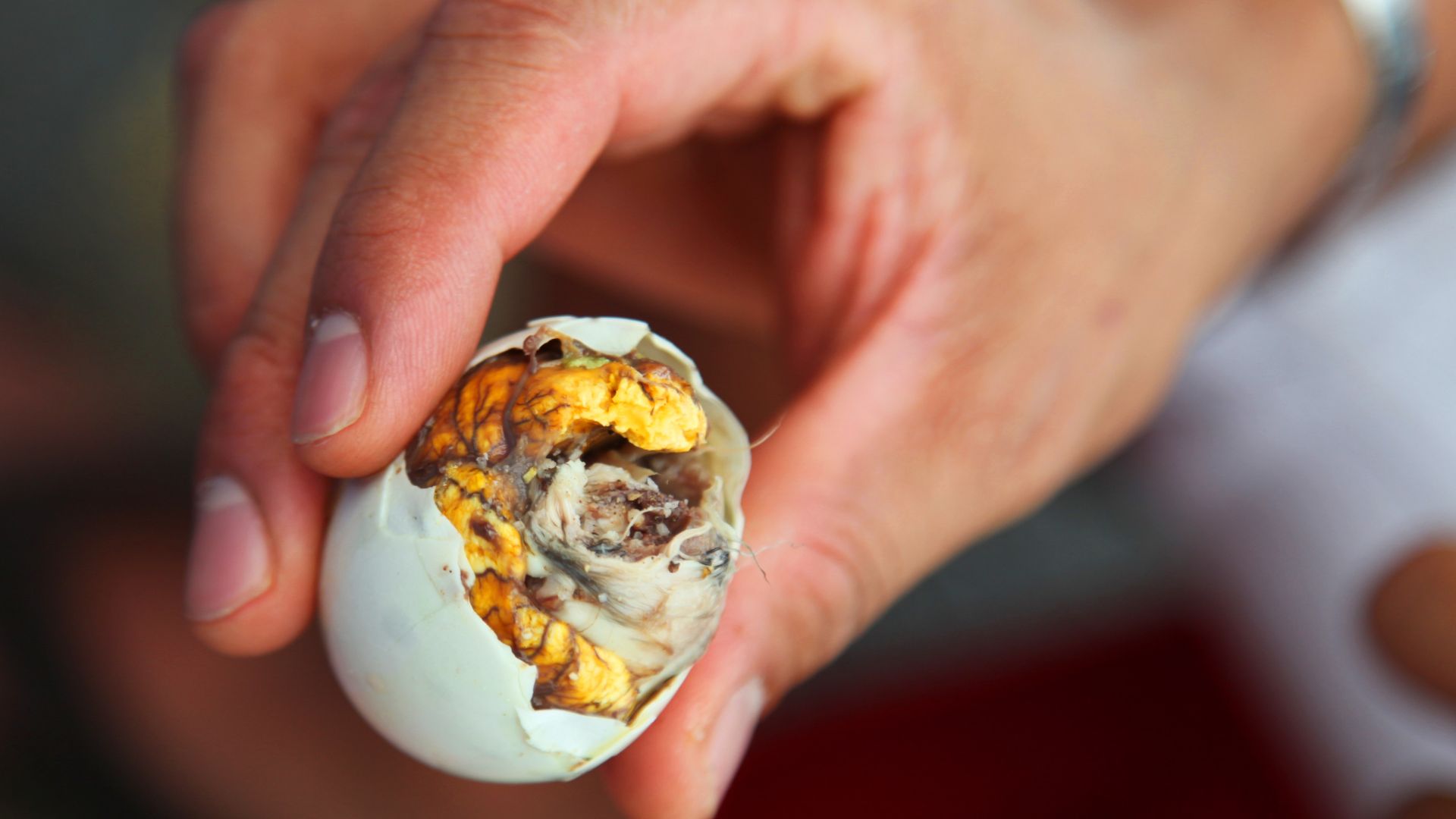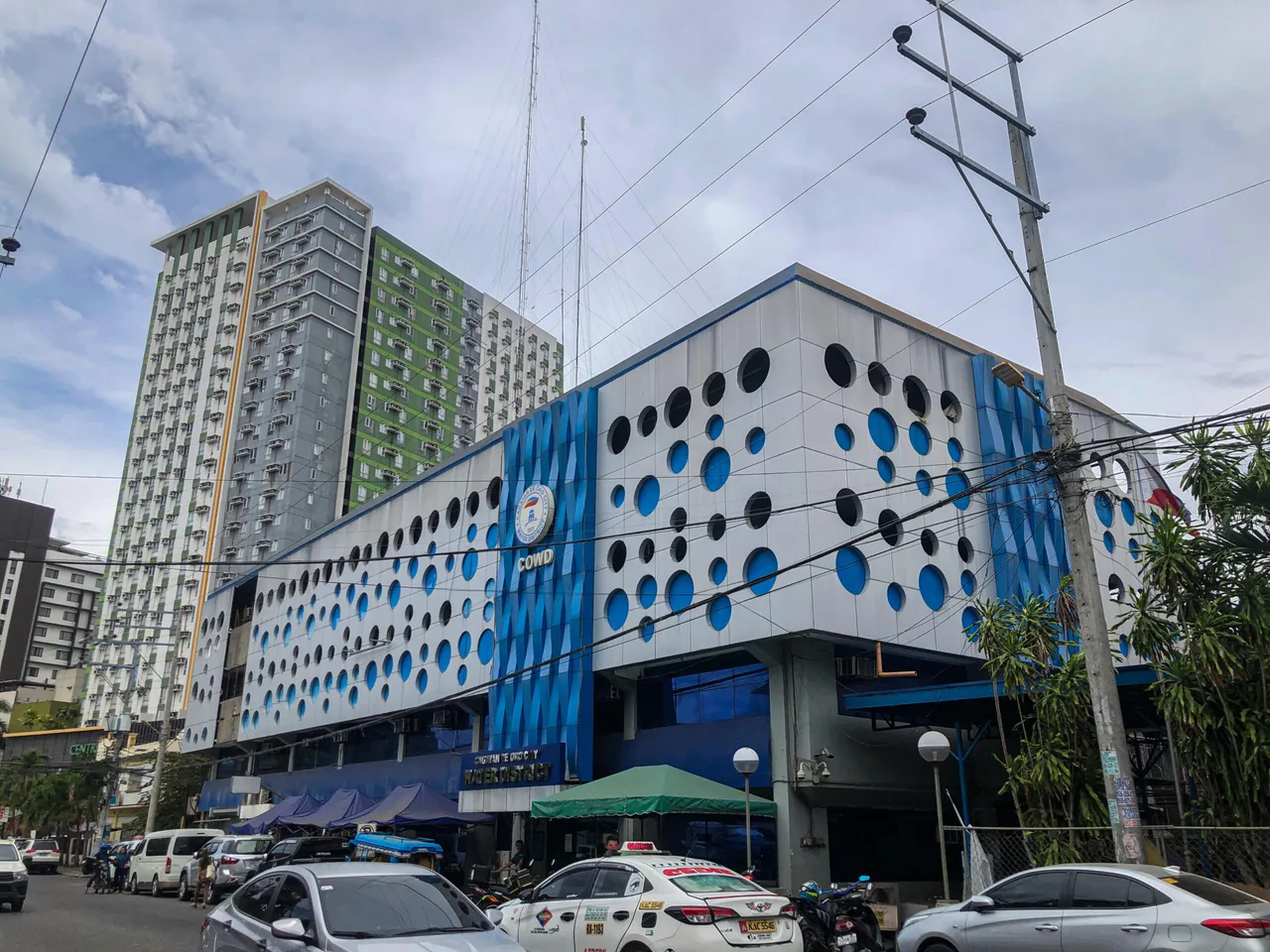Nestled within the vibrant tapestry of Filipino cuisine lies a delicacy that is as fascinating as it is polarizing: Balut. This peculiar dish, consisting of a fertilized duck embryo boiled and consumed from the shell, is a quintessential part of Filipino street food culture, captivating the taste buds of locals and intriguing, adventurous food enthusiasts from around the globe.
To the uninitiated, the concept of eating a partially developed duck embryo may seem daunting, even bizarre. Yet, for many Filipinos, balut holds a special place in their culinary tradition, evoking memories of childhood delights and late-night cravings. Despite its unconventional appearance, balut is cherished for its unique combination of flavors and textures, making it a beloved comfort food for many.
The process of making balut begins with carefully selecting duck eggs that are approximately 17 to 21 days old, ensuring that the embryo inside is sufficiently developed but not yet fully matured. The eggs are then boiled in water until cooked, with the duration of cooking determining the stage of development of the embryo. While some prefer their balut with a softer, soupy texture, others enjoy it when the embryo has fully formed and the yolk has solidified.
One of the defining characteristics of balut is its rich and complex flavor profile. With each bite, diners are treated to a medley of savory, salty, and slightly sweet notes, accompanied by the unmistakable richness of the yolk and the tender texture of the embryo. Balut enthusiasts often describe the experience as both indulgent and satisfying, with each mouthful offering a symphony of flavors that linger long after the last shell has been emptied.
Despite its culinary appeal, balut remains a divisive dish, eliciting strong reactions from those who encounter it for the first time. For some, the sight of a partially formed duck embryo nestled within its shell is enough to deter them from trying it altogether, while others are drawn to its exotic allure, eager to experience the taste of a cultural delicacy unlike any other.
But beyond its gustatory pleasures, balut holds a deeper significance within Filipino culture, serving as a symbol of resilience, resourcefulness, and the spirit of entrepreneurship. Street vendors peddling balut can be found in bustling marketplaces and dimly lit alleyways across the Philippines, their distinctive calls echoing through the night as they offer passersby a taste of this beloved delicacy. For many vendors, selling balut is not just a means of making a living but a way of preserving a culinary tradition that has been passed down through generations.
In conclusion, balut is more than just a culinary curiosity; it is a testament to the rich tapestry of Filipino culture and the enduring spirit of its people. Whether enjoyed as a late-night snack or savored as part of a festive feast, balut embodies the resilience and ingenuity of Filipino cuisine, inviting diners to embrace the unfamiliar and savor the extraordinary. So the next time you find yourself in the Philippines, don’t be afraid to take a culinary leap of faith and experience the unique delights of balut for yourself.



























